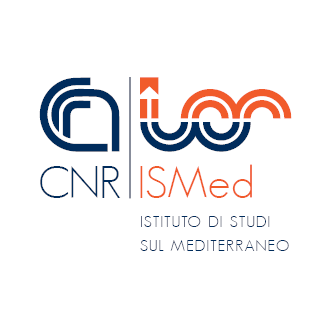Impact of micro-level marine litter on marine habitats and overall use of the marine resource
Manager: Angela Cuttitta
Keywords: microplastics marine resources sustainability
Abstract
Litter is a major threat to marine ecosystems and represents a growing risk to biodiversity, the environment, the economy and health.
At least 135 Mediterranean marine species ingest plastic objects or become trapped in them and the result is often fatal. Over time, plastic fragments, never fully dissolving. This plastic dust is an even more insidious danger: the fragments can be ingested first by plankton and then, gradually, by all the links in the food chain. But the waste is also an economic problem: it is estimated that every year in Europe 630 million euros are spent to clean the coasts. The Mediterranean is one of the seas with the highest concentration of microplastics in the world. These fragments can absorb and concentrate dissolved pollutants in the sea and, being easily ingested by the smallest aquatic organisms, risk to accumulate in the food chain. Microplastics can therefore have a greater impact on the environment than their size would suggest: for this reason they are considered one of the six global environmental emergencies.
Goals
In study areas appropriately selected for environmental issues such as the presence of industrial complexes, freshwater supply, population centers, ascertained presence of microplastics and the presence of marinas with significant fishing effort, it is expected to sample the matrix water, sediment and biota. The sites under study are the following: Egadi Islands, Campo felice di Roccella, Milazzo, The area between the province of Syracuse and Augusta, Licata, Sciacca.
The results will be analyzed in order to evaluate the effect of microplastics on the biota and the disclosure and correlation to economic and social development factors in the Mediterranean area.
Last update
14 November 2023, 15:25

 CNR – ISMed
CNR – ISMed